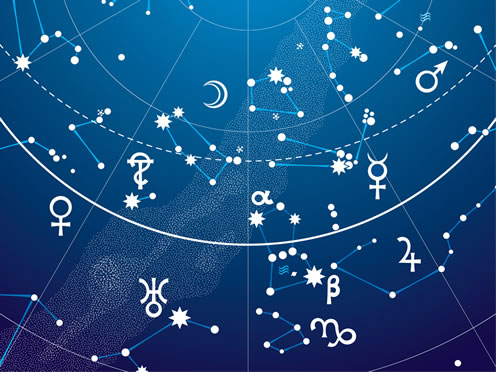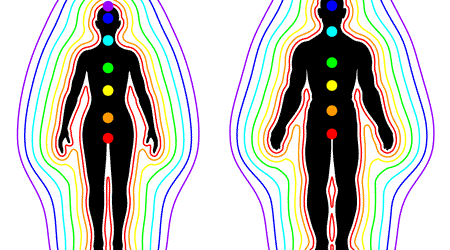Aspects in the Zodiac
Last Updated on December 18, 2017 by Abigail Adams
What is an aspect? There are twelve signs of the Zodiac dividing the 360 degrees of an astrological chart, so each sign occupies exactly 30 degrees. An aspect is simply the relationship between two planets within that circle, within its signs, based entirely on how many degrees apart they are. This can be transiting planets aspecting the natal placement of the planets as well as transiting planets aspecting each other – transiting planets aspecting each other affect the population as well.
Each aspect is a fixed number of degrees, so when two planets make a particular aspect to each other they will be the same number of signs apart. Planets in conjunction are in the same sign, planets in sextile aspect are two signs apart (i.e. have one sign between the signs containing the planets), planets in square aspect are three signs apart, in trine aspect four signs apart, and in opposition six signs apart.
Below, the phrase ‘120 degrees apart’ was used to define a trine, but just how approximate is approximate? Well, each aspect has an associated value, called an orb of influence or orb, by which an angle can deviate from the exact definition of the aspect and still be considered as forming the aspect. For example, a square aspect with an orb of three degrees (this is the degree of orb I choose to recognize but this may vary from reader to reader – as a rule the closer the degree the stronger the influence) means that two planets can be three degrees less than or three degrees greater than 90 degrees apart and still be considered as forming a square aspect.
Aspects are categorized as major (most powerful) and minor (less powerful).
Conjunction
Two planets in the same degree in the same sign (or within 3 degree either way) are very Powerful. A conjunction is the strongest aspect in astrology. It is usually a beneficial influence but not necessary so. If the planets have other difficult aspects in the chart, a conjunction may intensify them. A conjunction means the two planets involved have a powerful influences and are a focal point in the chart.
Trine
Two planets are 120 degree apart (or within 3 degree either way of 120 degree). most harmonious. A trine is the most favorable aspect., bringing advantage and ease. The only problem is that too many trines in a chart may make a person weak and lazy.
Opposition
Two planets 180 degrees apart (or within 3 degrees either way of 180 degree). Unharmonious. An opposition brings strain, discordance or separation. Oppositions in a chart are thought of as challenges for growth and achievement.
Sextile
Two planets 60 degree apart (or within 3 degree either way of 60 degree). harmonious and favorable. A sextile brings opportunity. unlike trines, sextiles require effort on the part of the native to work their beneficial influences.
Square
Two planets are 90 degree apart (or within 3 degree either way of 90 degree). Challenging and stressful. A square places obstacles and teaches lessons. this aspect usually indicates an area where the person can develop drive and strength of character by overcoming difficulties.
Some of the minor aspects used for time to time are the semi-sextile (30 degrees), semi-square (45 degrees), quintile (72 degrees), sesqui-square or sesqui-quadrate (135 degrees), biquintile (144 degrees) and quincunx (150 degrees).










Leave a Reply